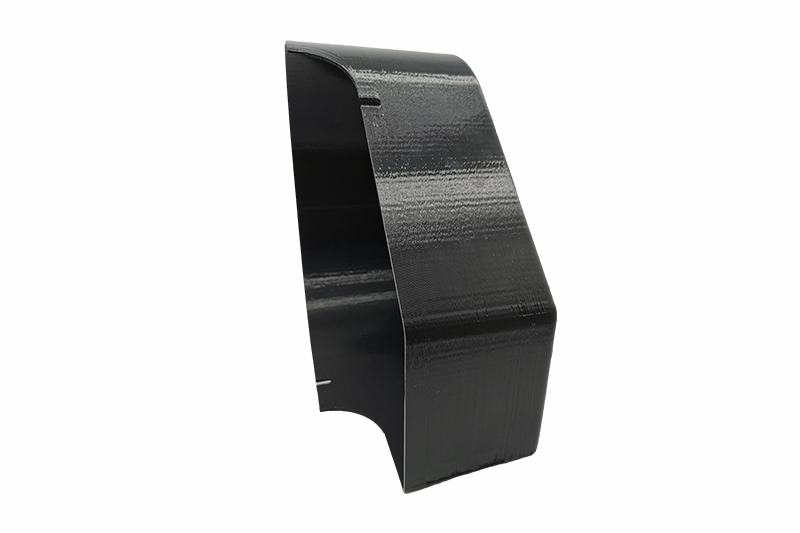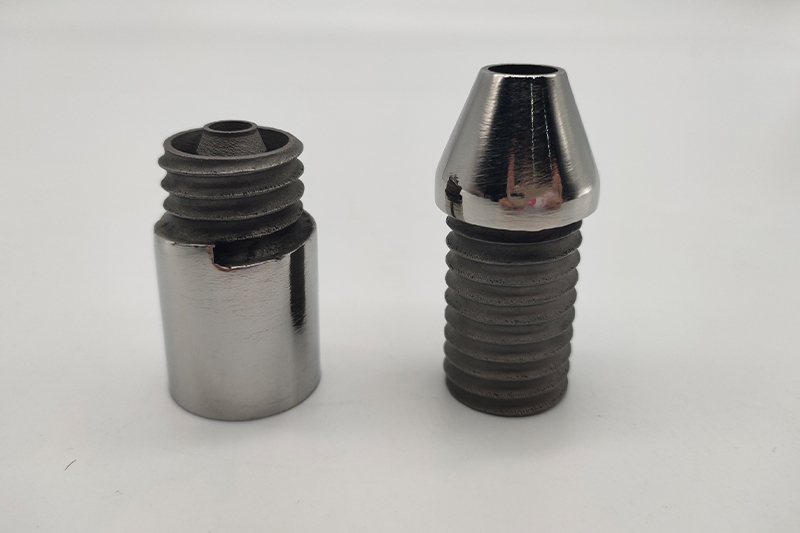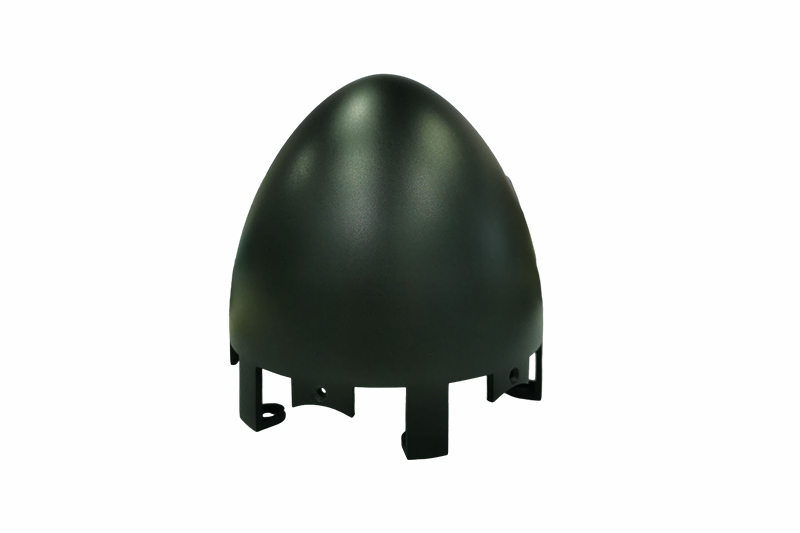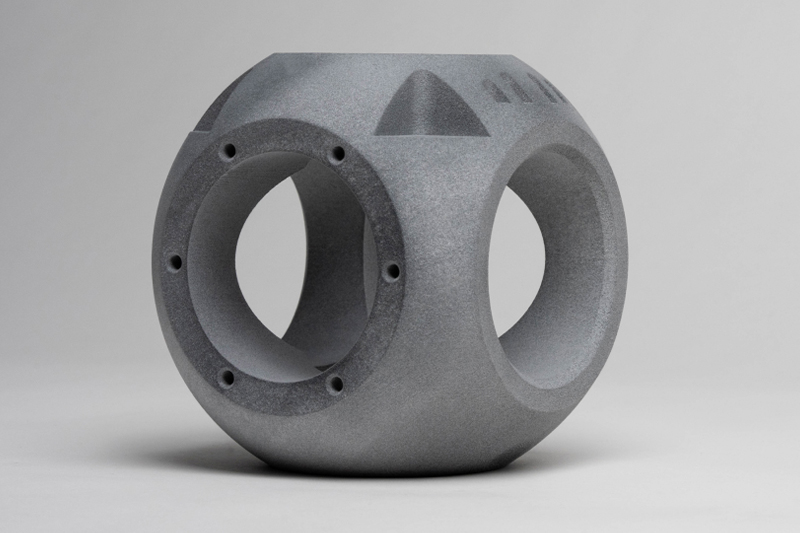MJF 3D Printing Services
High quality Nylon functional prototyping and production at scale using Multi Jet Fusion (MJF) 3d printing as fast as 3 days.
What is Multi Jet Fusion?
Multi Jet Fusion (MJF) stands as a cutting-edge 3D printing method, renowned for its swift production of precise, intricate parts from powdered thermoplastics. With MJF, you gain access to components boasting exceptional tensile strength and fine feature detailing, making them a prime choice for intricate industrial applications. Originating from HP, this relatively recent 3D printing innovation excels in crafting functional prototypes and production parts characterized by uniform mechanical properties, rendering it indispensable for tasks demanding intricate geometries and impressive cosmetic and functional attributes.
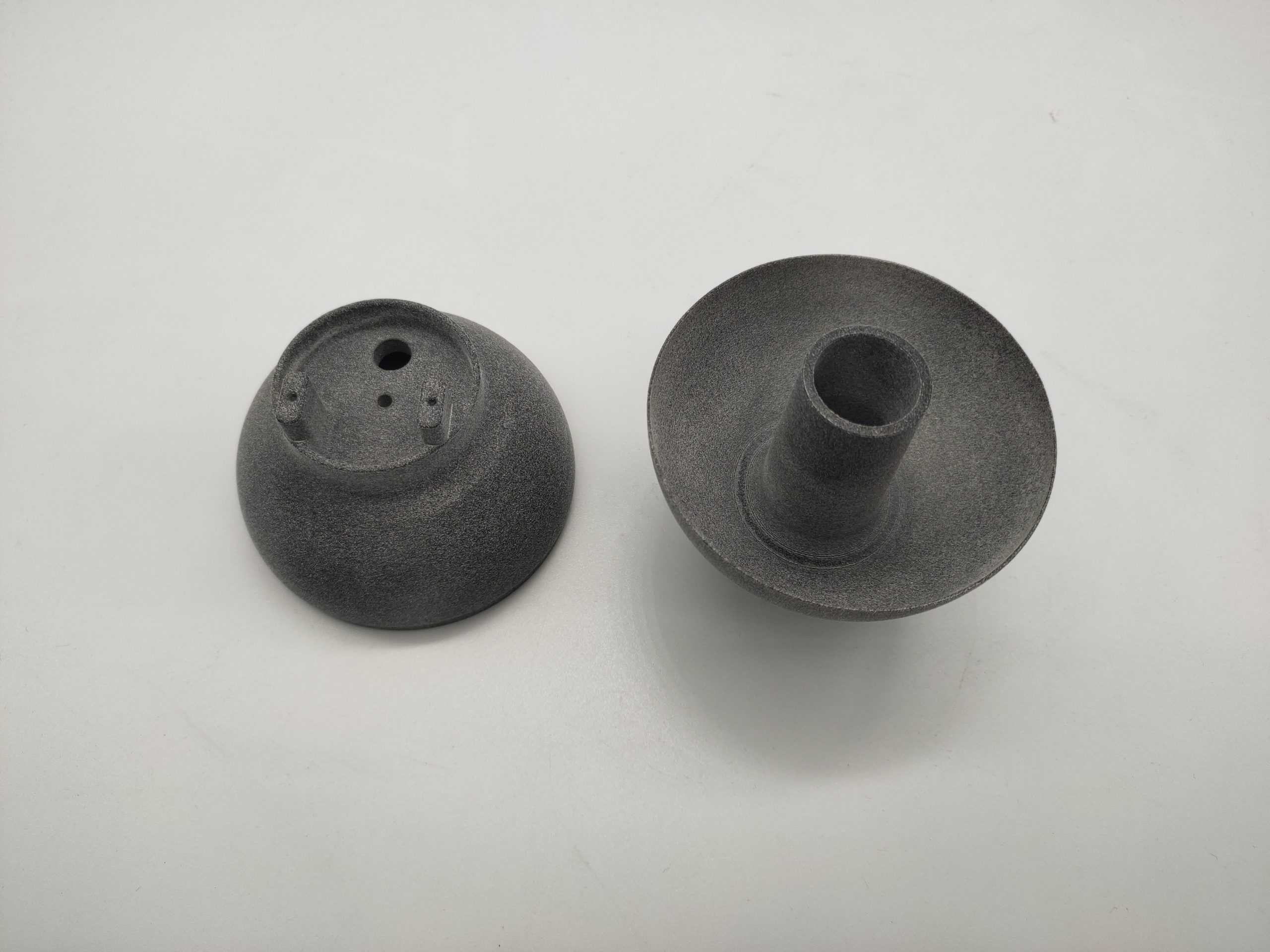
Gallery
MJF 3D Printing Materials

HP PA 12 (Nylon 12)
Gray, dyed black. Functional prototypes, complex assemblies, watertight applications.

Glass-filled HP PA 12
Gray.Enclosures, housings, cases, fixtures, structural parts, tooling.

HP PA 11 (Nylon 11)
Prosthetic limbs, insoles, sporting goods, snap, hinge.
MJF 3D Printing Finishes
As Printed
Typically white or stone gray, smooth surface, powder texture, without visible layers.
Dyed (black)
Dyed black by immersion in a warm color bath. The color penetration reaches a depth of about 0.5 mm and covers all surfaces.
MJF 3D Printing Tolerance
| Maximum Build Size | Standard Lead Time | Dimensional Accuracy | Layer Thickness | Minimum Feature Size |
| 380 × 284 × 380 mm | From 3 business days | ± 0.3% with a lower limit of ± 0.3 mm | 80μm | 0.5 mm |
MJF 3D Printing Guidelines
The table below summarizes the recommended and technically feasible values for the most common features encountered in MJF 3D printed parts.
Browse MJF 3d printing guidelines
Feature
Recommended Size
Unsupported Walls
1.0 mm
Supported Walls
0.7 mm
Minimum Detail Size
0.25 mm
Minimum Hole Size
1.0 mm
Moving Parts
0.5 mm
Assembly Clearance
0.4mm
Maximum Wall Thickness
20 mm
MJF 3D Printing Advantages And Drawbacks
Advantages
• MJF shines in constructing robust components, boasting remarkable tensile strengths of 48 MPa/6,960 psi in the XY and Z axes, as per the ASTM D638 standard
• MJF proves ideal for shaping parts with diverse mechanical attributes, regardless of their geometry.
• MJF’s advanced automation capabilities significantly diminish the necessity for extensive post-processing.
• MJF delivers swift build speeds, even when handling large quantities of parts, outpacing alternative technologies.
Drawbacks
• Opting for MJF guarantees top-notch parts, though it may come with a higher cost compared to other manufacturing methods.
• MJF offers a limited selection of materials, with the potential for expansion in the future by HP.
MJF 3D Printing Application
Concept Models
The speed and versatility of MJF let product developers create tough and detailed physical snapshots of their designs.
Rapid Prototyping
MJF can be used to create fully-functional prototypes, complete with moving parts, as well as all-in-one assemblies.
Direct Digital Manufacturing
The low price and speed of Multi Jet Fusion make it an ideal way to build large quantities of discrete or customized parts.
3D Printing Technologies Comparision
| Materials | Dimensional accuracy | Strengths | Build Volume | Layer Thickness | Min. Feature Size | |
| FDM | 3 | ± 0.5% with a lower limit on ± 0.5 mm | Low cost, wide range of materials | 500 x 500 x 500 mm | 100-300μm | 2.0 mm |
| SLA | 3 | ± 0.2% with a lower limit of ± 0.127 mm | Smooth surface finish, fine feature details, big print area | 500 x 500 x 500 mm | 50-100μm | 0.2 mm |
| SLS | 2 | ± 0.3% with a lower limit of ± 0.3 mm | Design flexibility, supports not required | 395 x 500 x 395 mm | 100μm | 0.5 mm |
| MJF | 3 | ± 0.3% with a lower limit on ± 0.3 | Design flexibility, supports not required | 380 x 285 x 380 mm | 80μm | 0.5 mm |
| SLM | 5 | ± 0.2% with a lower limit of ± 0.127 mm | Metal parts | 320x320x400mm | 200μm | 1 mm |
3D Printing Technologies
MJF 3D Printing FAQs
MJF was developed by Hewlett Packard (HP) and introduced in 2016, with the claim that it was capable of print speeds up to 10 times faster than other technologies, and could print up to 12,000 voxels per linear inch, per layer. Voxels are the 3D equivalent of pixels on a 2D printer.
Common MJF applications include housing for electrical components, jigs and fixtures for highly specific purposes, and mechanical assemblies or enclosures.

